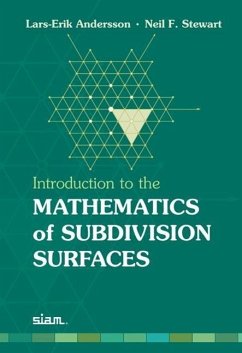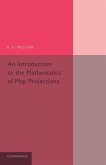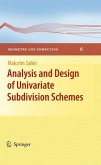This is an introduction to the mathematical theory which underlies subdivision surfaces, as it is used in computer graphics and animation. Subdivision surfaces enable a designer to specify the approximate form of a surface that defines an object and then to refine it to get a more useful or attractive version. A considerable amount of mathematical theory is needed to understand the characteristics of the resulting surfaces, and this book explains the material carefully and rigorously. The text is highly accessible, organising subdivision methods in a unique and unambiguous hierarchy which builds insight and understanding. The material is not restricted to questions related to regularity of subdivision surfaces at so-called extraordinary points, but gives a broad discussion of the various methods. It is therefore an excellent preparation for more advanced texts that delve more deeply into special questions of regularity.








